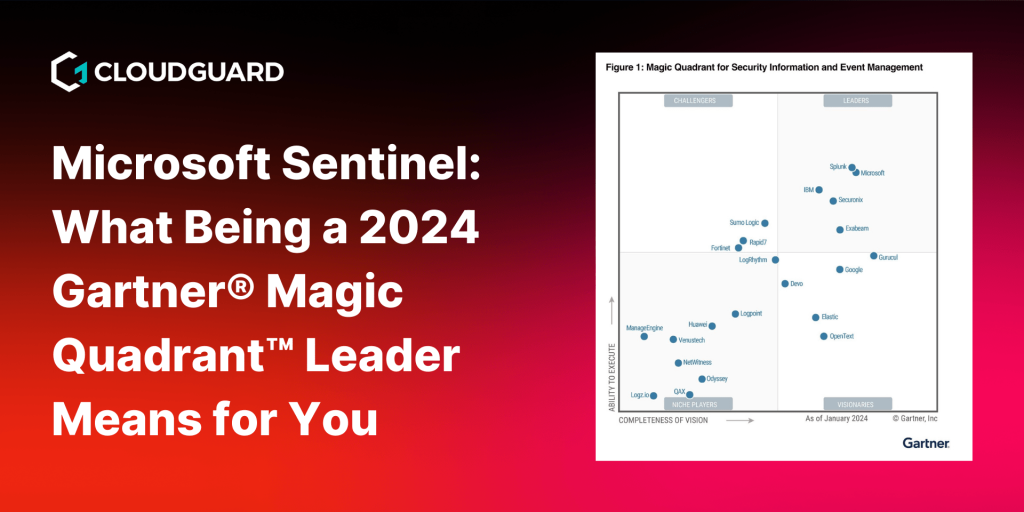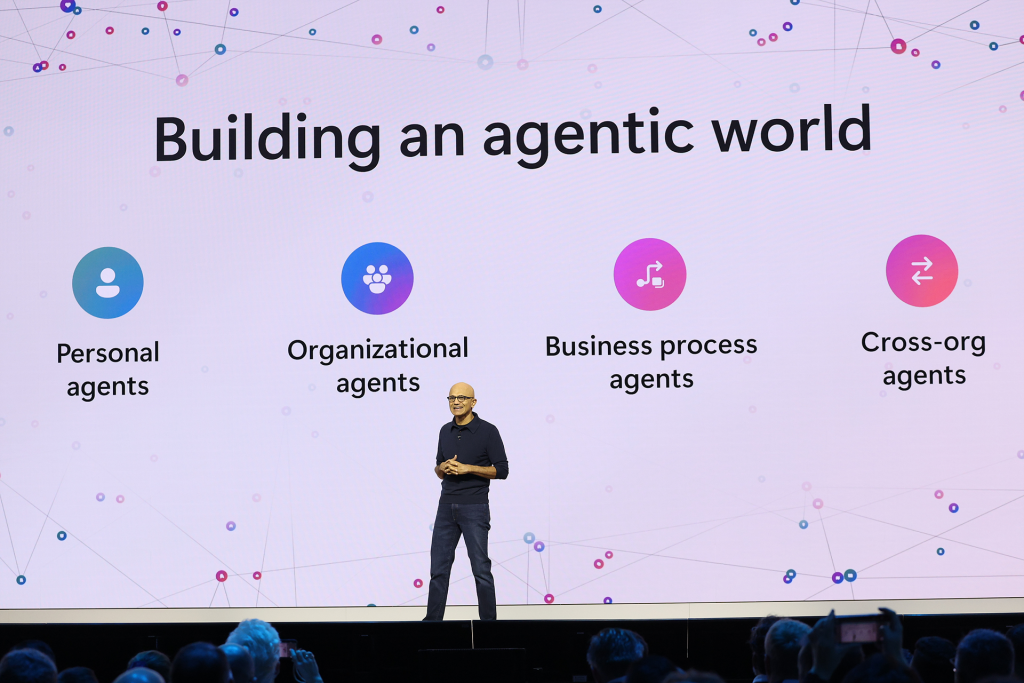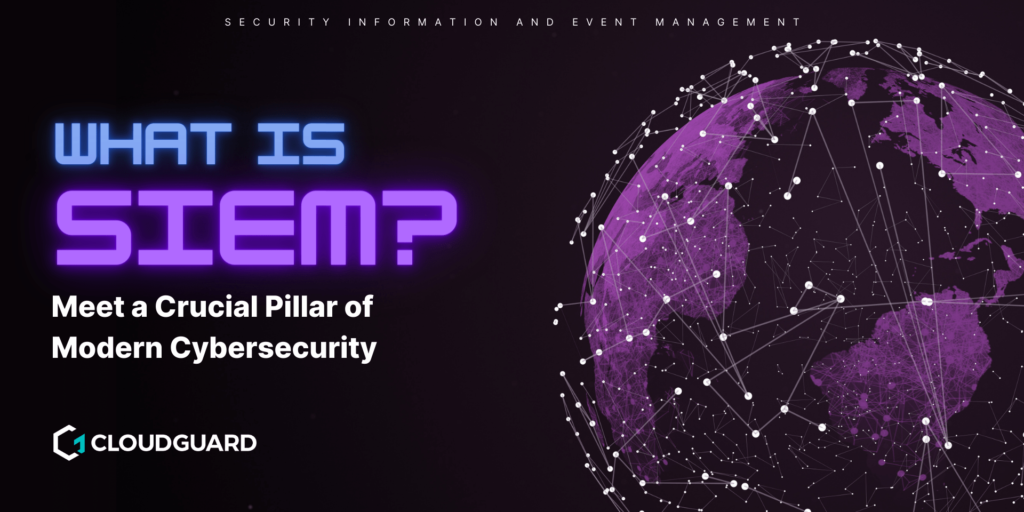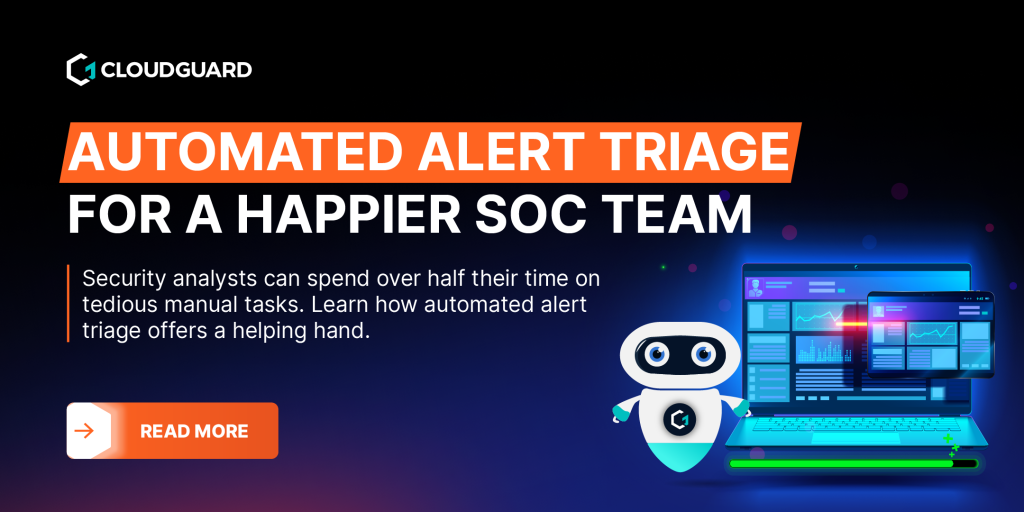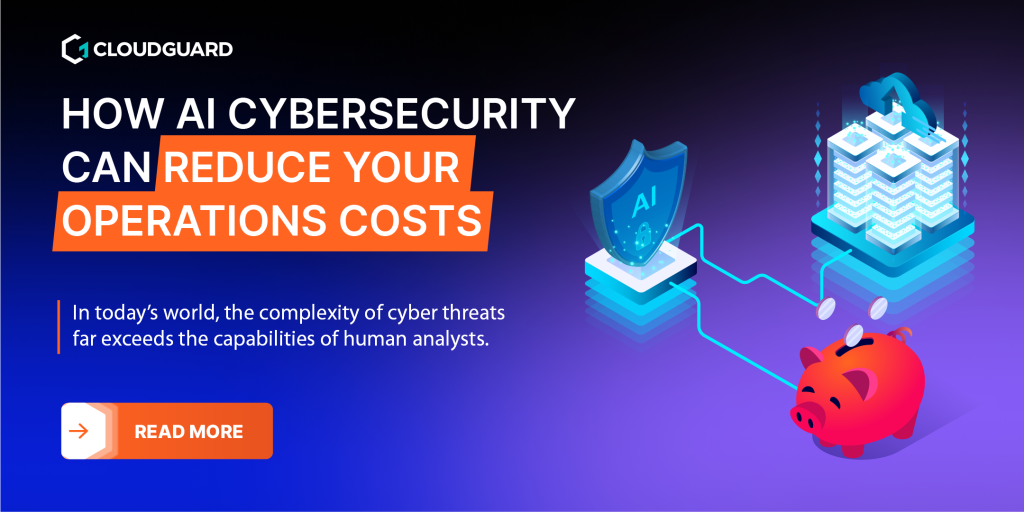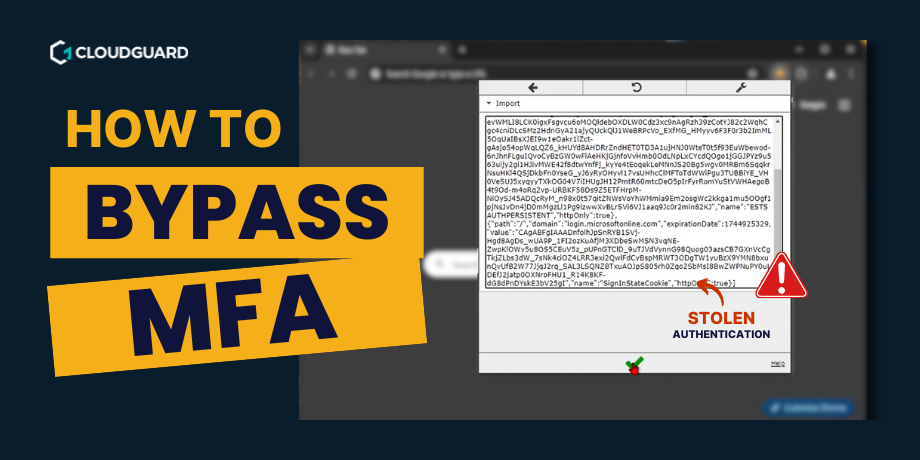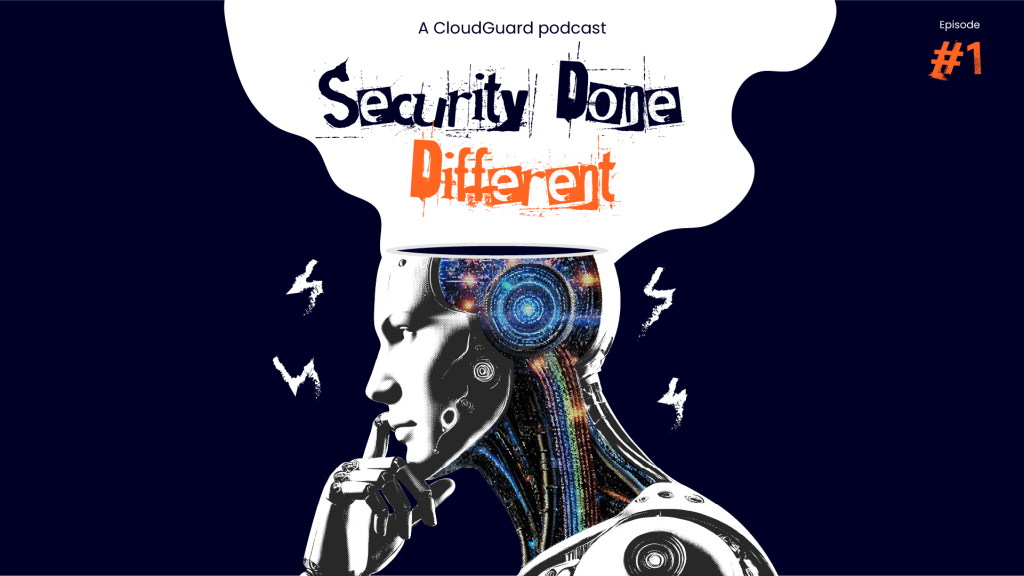Businesses are continually introducing new technological solutions to streamline operations and reduce costs. Cloud computing, in particular, has changed the way companies operate, offering improved control, scalability, and integration through CloudOps methodologies.
Yet, as organisations transition towards more advanced technologies like machine learning (ML) and artificial intelligence (AI), ensuring the security and integrity of these systems becomes even more important. This is where MLSecOps, or Machine Learning Security Operations, steps in.
Contents
Understanding CloudOps
Before we go into MLSecOps, it’s essential to grasp the concept of CloudOps. CloudOps refers to the best practices and processes aimed at ensuring the optimal and continuous functioning of cloud-based technologies, databases, and applications. Its primary goal is to achieve zero downtime within organisational structures and processes, allowing for seamless operations and scalability.
As businesses transition their machine learning (ML) and artificial intelligence (AI) use cases from innovation to industrialisation, the need for proper operational frameworks becomes increasingly important. While cloud vendors like Microsoft Azure and Google Cloud offer MLOps platforms, there’s a growing recognition of the importance of MLSecOps in securing ML/AI systems.
Introducing MLSecOps
What is MLSecOps? MLSecOps is a term that encompasses three distinct technologies: machine learning (ML), security (Sec), and operations (Ops).

ML and AI technologies offer many benefits in addressing modern security challenges. Their ability to learn from historical data and adapt their behaviour based on past experiences provides a significant advantage over traditional security applications.
MLSecOps contains various technologies and practices aimed at protecting ML/AI models against cyber threats. Adversarial attacks, such as evasion and poisoning techniques, pose significant risks to ML/AI models. Attackers may attempt to manipulate or substitute models, compromising their integrity and reliability.
Key Components of MLSecOps
- Threat Modeling: MLSecOps begins with identifying potential threats and vulnerabilities to ML models. By understanding the tactics employed by attackers, organisations can design effective security measures to mitigate risks.
- Secure Model Development: During the development phase, MLSecOps enables the implementation of security best practices. This includes secure coding, data encryption, and access control mechanisms to protect sensitive information.
- Data Privacy and Governance: Protecting the privacy and integrity of data is paramount in ML systems. MLSecOps involves implementing robust data governance practices and ensuring compliance with regulations such as GDPR and HIPAA.
- Model Testing and Validation: Thorough testing and validation are essential to identify vulnerabilities in ML models. MLSecOps includes techniques such as adversarial testing to assess the resilience of models against attacks.
- Monitoring and Detection: Continuous monitoring of ML systems is crucial for detecting anomalies and potential attacks. MLSecOps incorporates monitoring tools to identify suspicious activities and take appropriate action in real-time.
- Incident Response and Recovery: In the event of a security breach, MLSecOps outlines processes for incident response and recovery. This includes investigating the breach, containing the damage, and restoring the system to a secure state.
- Collaboration and Knowledge Sharing: MLSecOps promotes collaboration between data scientists, security professionals, and operations teams. By sharing knowledge and expertise, organisations can develop comprehensive security strategies for ML systems.
Real-Life Applications of MLSecOps
MLSecOps has practical applications across various industries where ML systems are deployed.
- Financial Services: ML models are used for fraud detection, risk assessment, and algorithmic trading. MLSecOps helps protect against financial fraud and protect customer data.
- Healthcare: ML is employed for medical imaging analysis, disease diagnosis, and personalised medicine. MLSecOps ensures the security of patient data and compliance with regulations.
- Autonomous Vehicles: Self-driving cars rely on ML algorithms for decision-making. MLSecOps secures these algorithms and protects against adversarial attacks.
- E-commerce: ML powers recommendation systems and pricing strategies in online platforms. MLSecOps protects user privacy and prevents algorithmic bias.
- Industrial Control Systems: ML is used for predictive maintenance and anomaly detection in critical infrastructure. MLSecOps protects against cyber threats and ensures operational integrity.
- Social Media: ML algorithms are used for content moderation and spam detection. MLSecOps ensures fairness and security in content recommendations.
Challenges with MLSecOps
Deploying MLSecOps brings significant benefits, but it’s important to be aware of potential risks and challenges. Here are a few things to consider:
-
Awareness: MLSecOps is a relatively new field, and organisations may not be aware of its importance. This can lead to insufficient investment in security measures, making ML systems vulnerable to attacks.
-
Skill Gap: MLSecOps requires specialised knowledge in both machine learning and cybersecurity. Finding professionals with expertise in both areas can be difficult. Insufficient expertise may result in inadequate security measures or ineffective incident response.
-
Complexity: Integrating MLSecOps into existing ML systems can be challenging due to the complexity of different components. Implementing security measures may require modifications to the ML pipeline, potentially impacting performance and operational processes.
-
Evolving Threats: Adversaries continually develop new attack techniques. MLSecOps strategies need to adapt and evolve to keep up with emerging threats. Outdated security measures may not be effective against advanced attacks.
-
Balancing Security and Performance: Security measures can sometimes impact the performance of ML systems. Striking the right balance between security and performance is crucial to ensure that security measures don’t hinder the efficiency of ML models.
-
Privacy and Ethics: ML systems often handle sensitive data, raising concerns about privacy and ethics. MLSecOps should address privacy regulations and ensure proper data handling practices to protect individuals’ privacy.
To address these risks, organisations should prioritise cybersecurity awareness and training, encourage collaboration between ML and security teams, and invest in ongoing research and development of MLSecOps techniques. A proactive approach is key to implementing a proper MLSecOps framework that keeps up with the evolving threat landscape and ensures the security and trustworthiness of ML systems.
Risks of Not Implementing MLSecOps
Failure to implement MLSecOps practices can expose businesses to various risks:
- Data Breaches: Without MLSecOps, businesses may be more susceptible to data breaches. Hackers can gain unauthorised access to sensitive information, such as customer data, financial records, or intellectual property. This can lead to financial losses, reputational damage, and potential legal consequences.
- Financial Fraud: ML systems used for financial purposes, like fraud detection or credit scoring, may be compromised without MLSecOps. This can result in an increased risk of financial fraud, where criminals can manipulate or exploit vulnerabilities in the system to their advantage.
- Loss of Trust: Failing to implement MLSecOps can damage trust among customers, partners, and stakeholders. If a business cannot ensure the security and privacy of customer data, it may lead to customers losing confidence in the organisation, impacting customer loyalty and overall reputation.
- Regulatory Non-Compliance: Many industries have specific regulations and laws governing data privacy and security. Without MLSecOps practices, a business may fail to meet these requirements, resulting in regulatory non-compliance and potential penalties or legal actions.
- Competitive Disadvantage: As MLSecOps becomes a standard practice, businesses that neglect it may fall behind competitors who prioritise security. Clients and partners may choose to work with more secure organisations, giving them a competitive advantage.
- Disruption of Operations: If an ML system is compromised, it can disrupt business operations. For example, in industries like healthcare, compromised ML systems can pose risks to patient safety, leading to operational disruptions and potential harm.
- Intellectual Property Theft: ML models and algorithms developed by businesses can be valuable intellectual property. Without MLSecOps, there is a higher risk of intellectual property theft, where competitors or malicious actors could steal or manipulate these assets, undermining the business’s competitive edge.
Going a Step Further
MLSecOps provides a robust framework for securing machine learning systems. However, as organisations strive to stay ahead of emerging threats, a comprehensive approach is needed. This is where Extended Detection and Response (MXDR) comes into play.
While MLSecOps focuses on securing ML systems, MXDR extends that protection to cover an organisation’s broader ecosystem. By aggregating data from various sources and leveraging advanced analytics, automation, and machine learning algorithms, MXDR offers a solution for detecting, responding to, and mitigating cyber threats across all aspects of our digital infrastructure.
MLSecOps is essential for securing ML systems and protecting against evolving cyber threats. By implementing MLSecOps practices, businesses can protect their data, maintain customer trust, and stay ahead of the competition.
